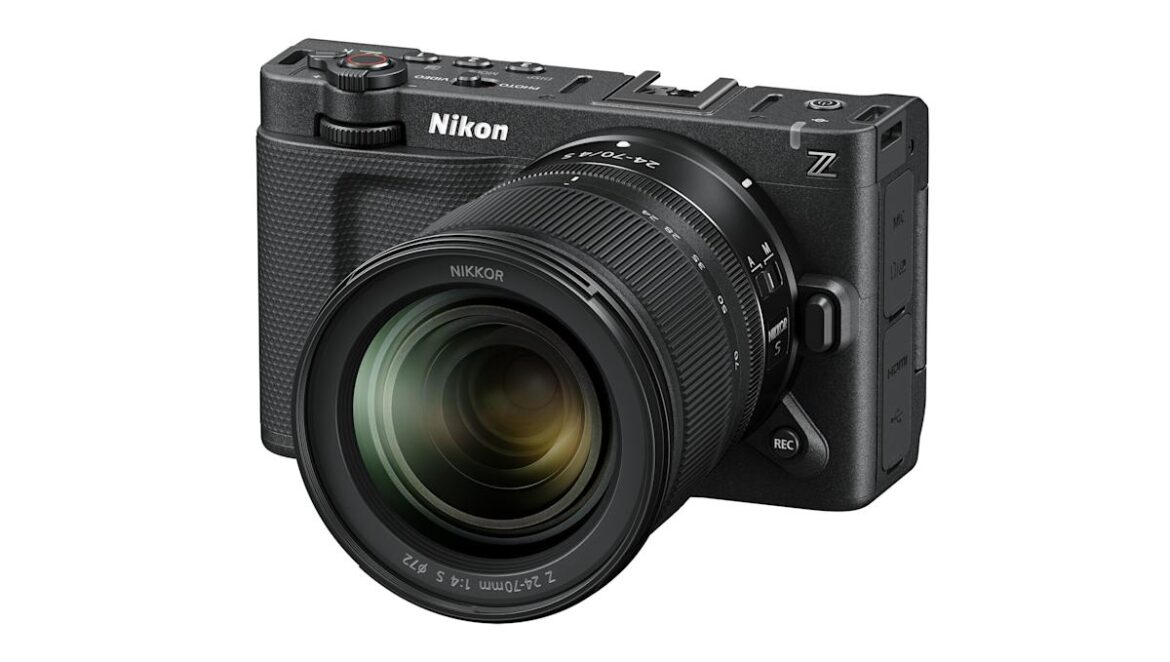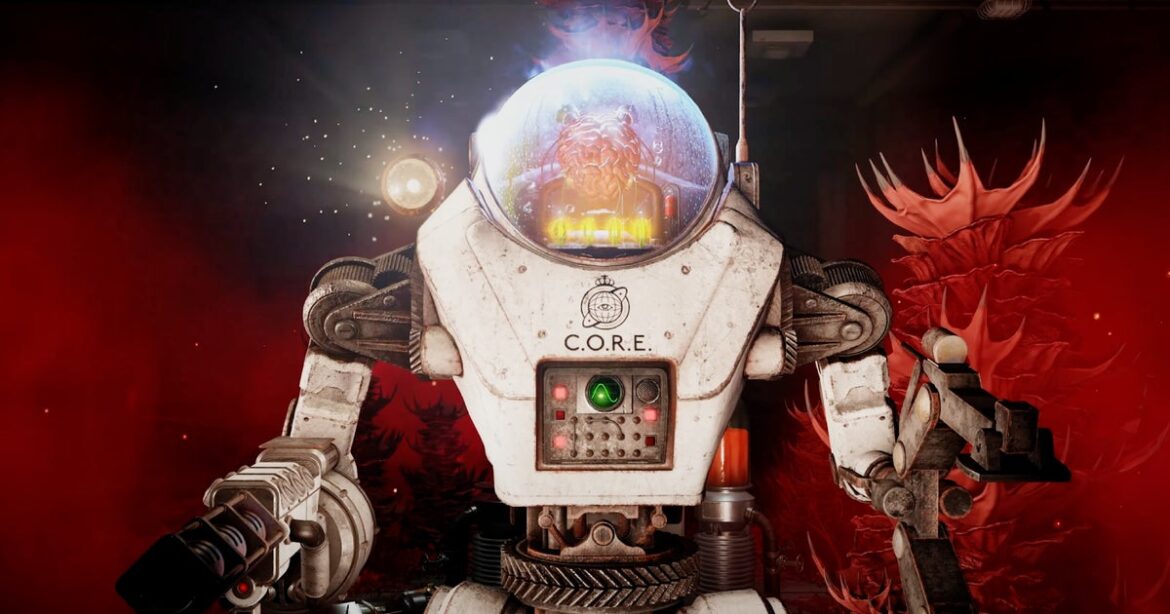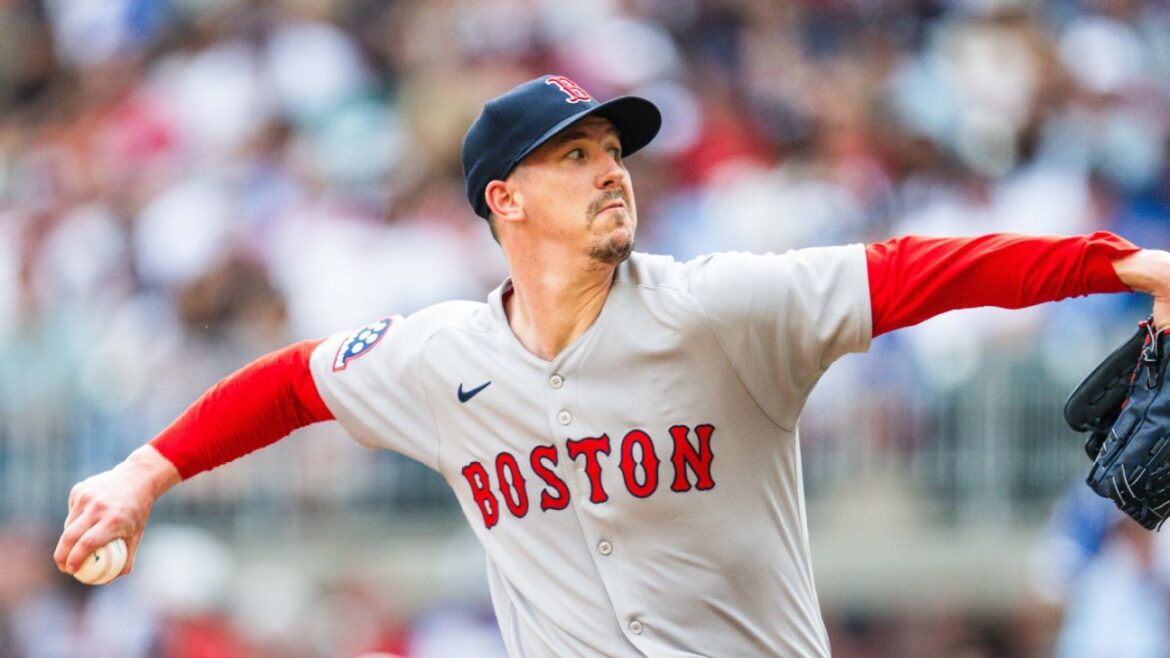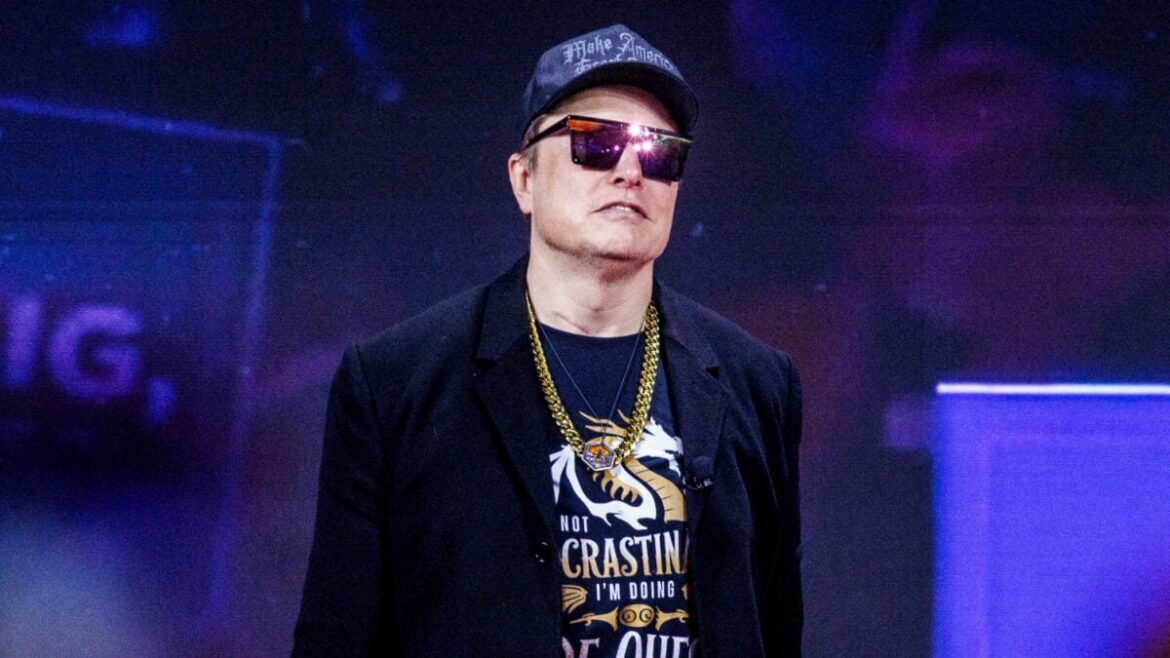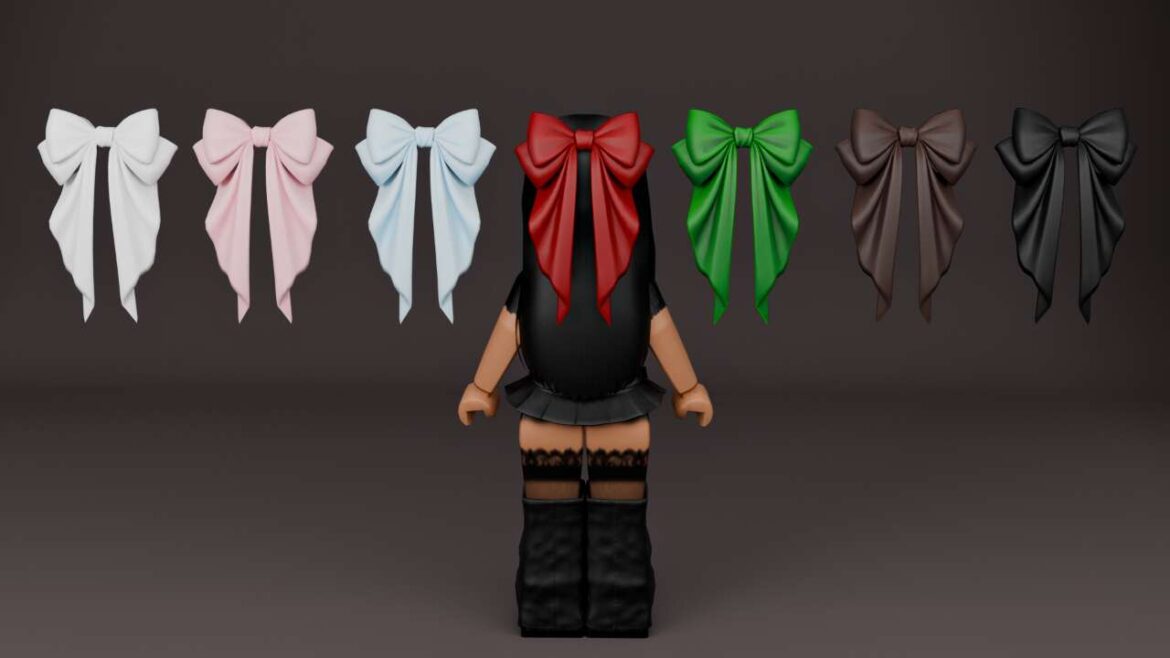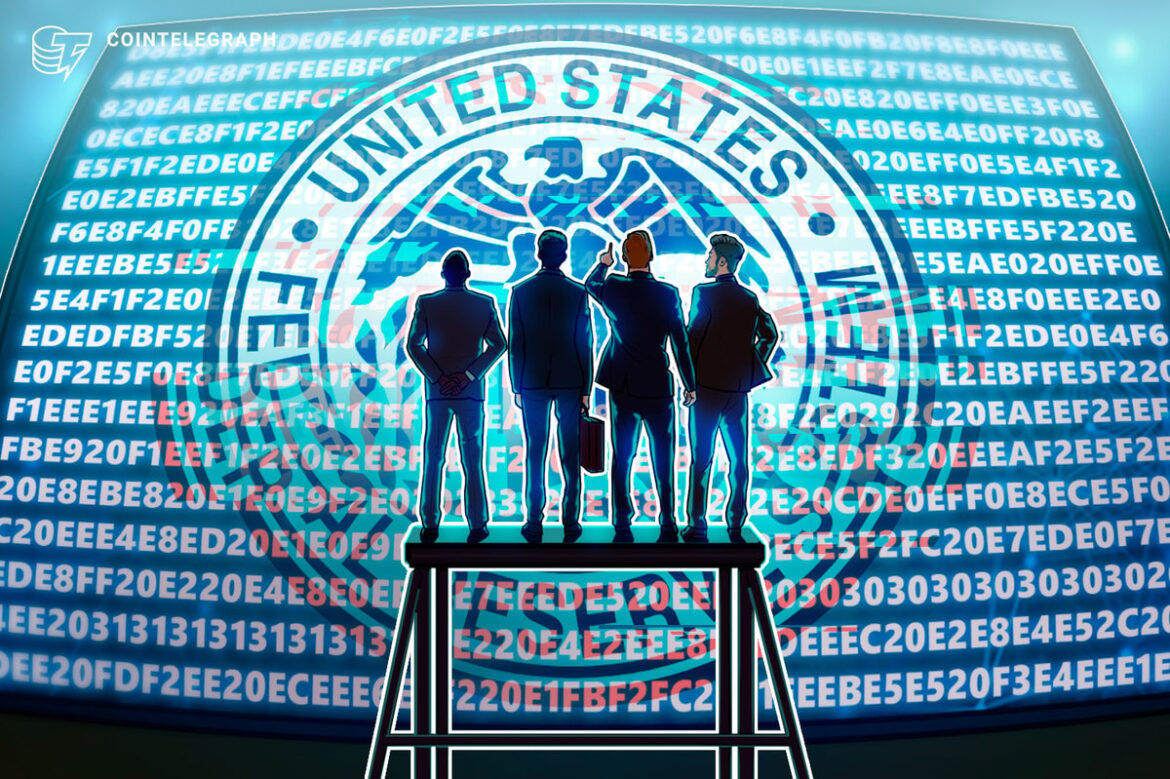Nikon has unveiled its first cinema camera developed in collaboration with the company it acquired last year, RED. The Nikon ZR (the “R” is for “RED” I imagine) is a camera that neither company could have made on its own, marrying RED’s color science and video codecs with Nikon’s advanced subject detect AF and in-body stabilization. It will go up against other creator-oriented models like Canon’s new C50 and the Sony FX3 but at a much lower price.
Nikon’s mirrorless cameras are known for their high dynamic range and the company is leaning into that for the ZR. It has a partially stacked 24MP sensor with a Dual Base ISO of 800/6400 that promises 15+ stops of dynamic range for high low-light sensitivity and greater detail in shadows and highlights. Though it doesn’t quite match the C50’s 7K resolution, it will output 12K RAW 6K video at 60 fps, or 4K at 120 fps.
The internal RAW format used will be RED’s new R3D NE and a log format called Log3G10 with the same color science as RED’s high-end cinema cameras (so it can match those in post). That’s a lighter codec designed exclusively for Nikon, but the ZR also supports Nikon’s N-RAW format along with ProRes/ProRes RAW and H.265. If you want to apply RED’s LUTs, you can load and monitor up to 10 at a time.
Nikon focused on audio as well, offering 32-bit float internal audio recording and Nokia’s OZO surround sound tech via three built-in high-performance mics. You can choose from five pickup patterns including front (super directional), front, all directions, rear and stereo (binaural) for any situation from interviews to vlogging to ASMR.
The ZR comes with subject tracking hybrid phase-detect autofocus, making it more palatable for content creators than any RED camera that has ever existed. That includes AI tracking of people (eyes, head and body) along with animals and vehicles, with nine types total. It also has five-axis in-body stabilization with 7.5 stops of smoothing, something palpably lacking in Canon’s new C50. Another key feature is digital focus-breathing compensation.
Since the ZR has no viewfinder, Nikon made the screen as big, bright and sharp as possible. It’s a 4-inch 16:10 display with 1,000 nits of brightness and full DCI-P3 HDR color coverage, with 3070K dots of resolution, one the highest of any camera display. Meanwhile, the tiny 540 gram (1.2 pound) body dissipates heat well enough to allow 6K 60 fps RAW recording for up to 125 minutes at 25C (77F) temperatures. It supports audio capture through a the digital hotshoe or a 3.5mm input and has a USB-C port for charging, data transfers and webcam/streaming, along with a headphone input. The HDMI port is unfortunately a small and flimsy Micro HDMI type, however.
For its capabilities, the Nikon ZR looks like a stunning bargain. It starts at $2,200 for the body only without accessories, which is nearly half the price of the Sony FX3 and $1,700 cheaper than Canon’s C50. Shipping is expected to start on October 20, 2025. It supports any Nikon (or third-party) Z mount lens or F mount glass with an adapter. Nikon also unveiled the $339 ME-D10 digital shotgun mike that’s compatible with the camera’s 32-bit float audio.

